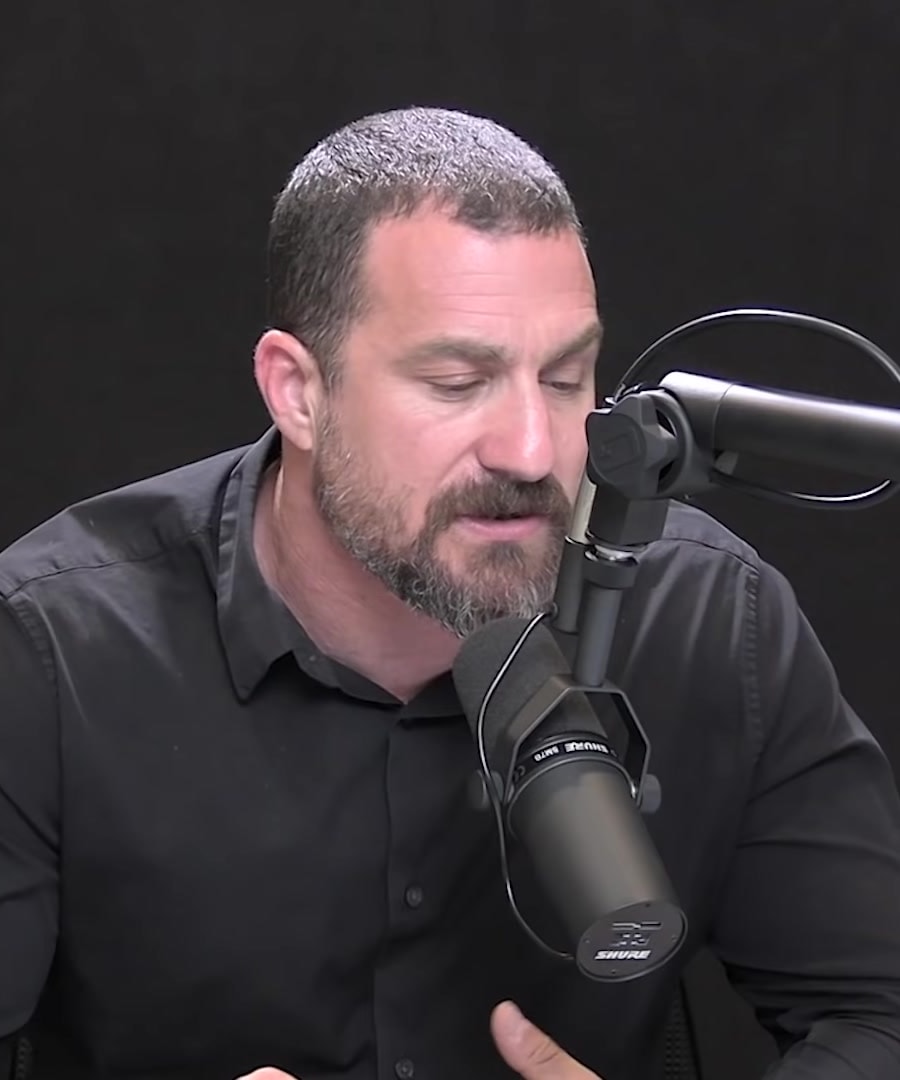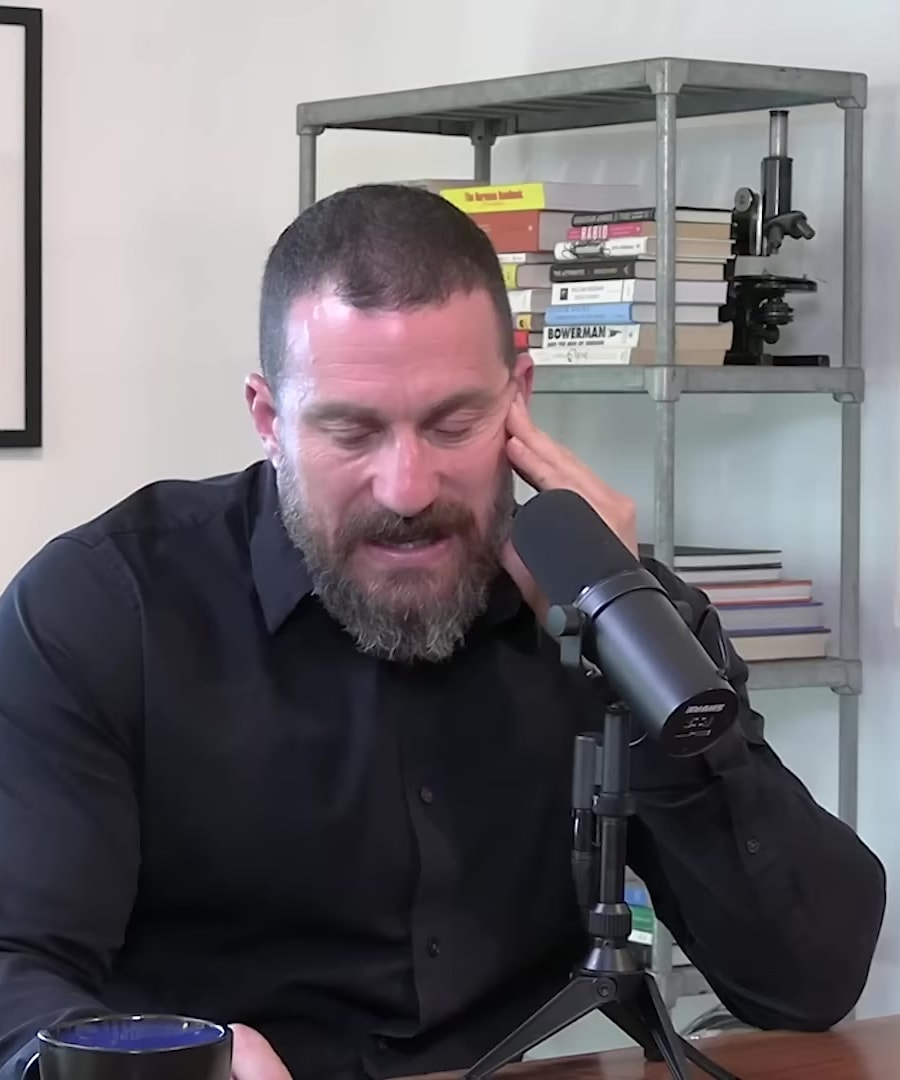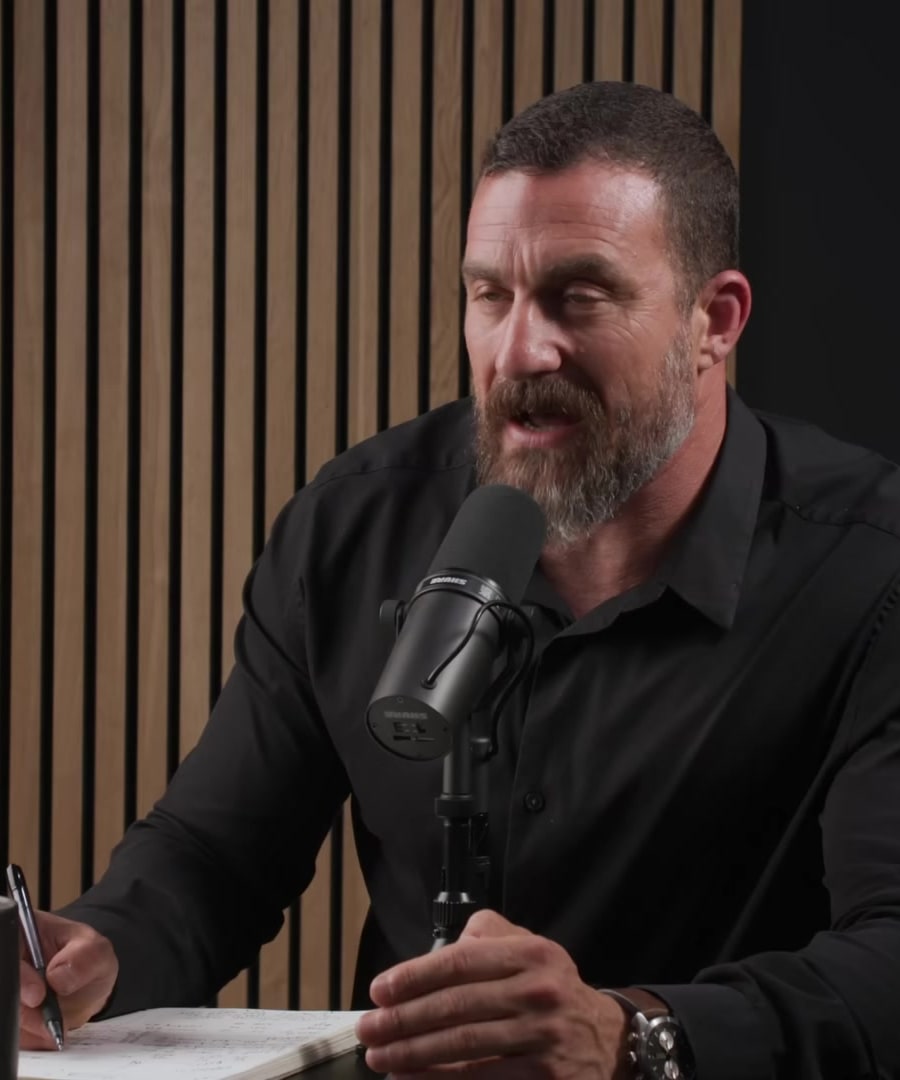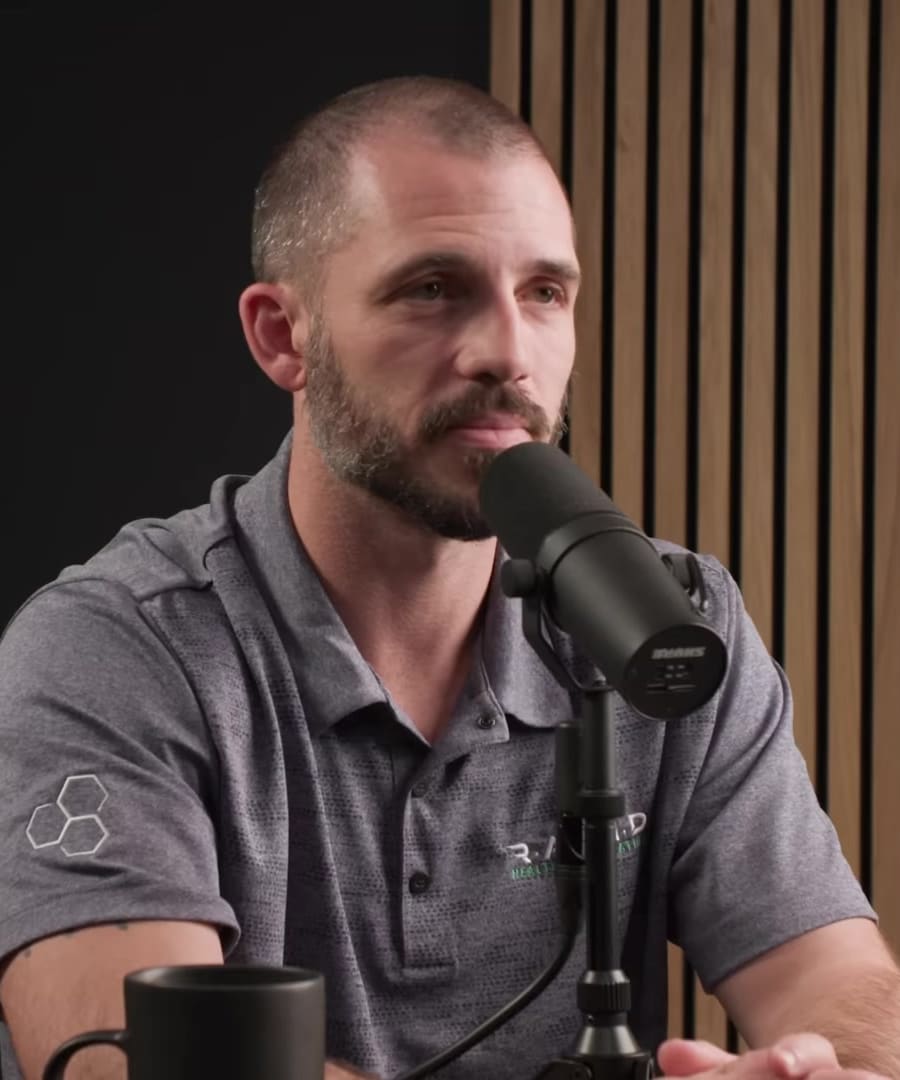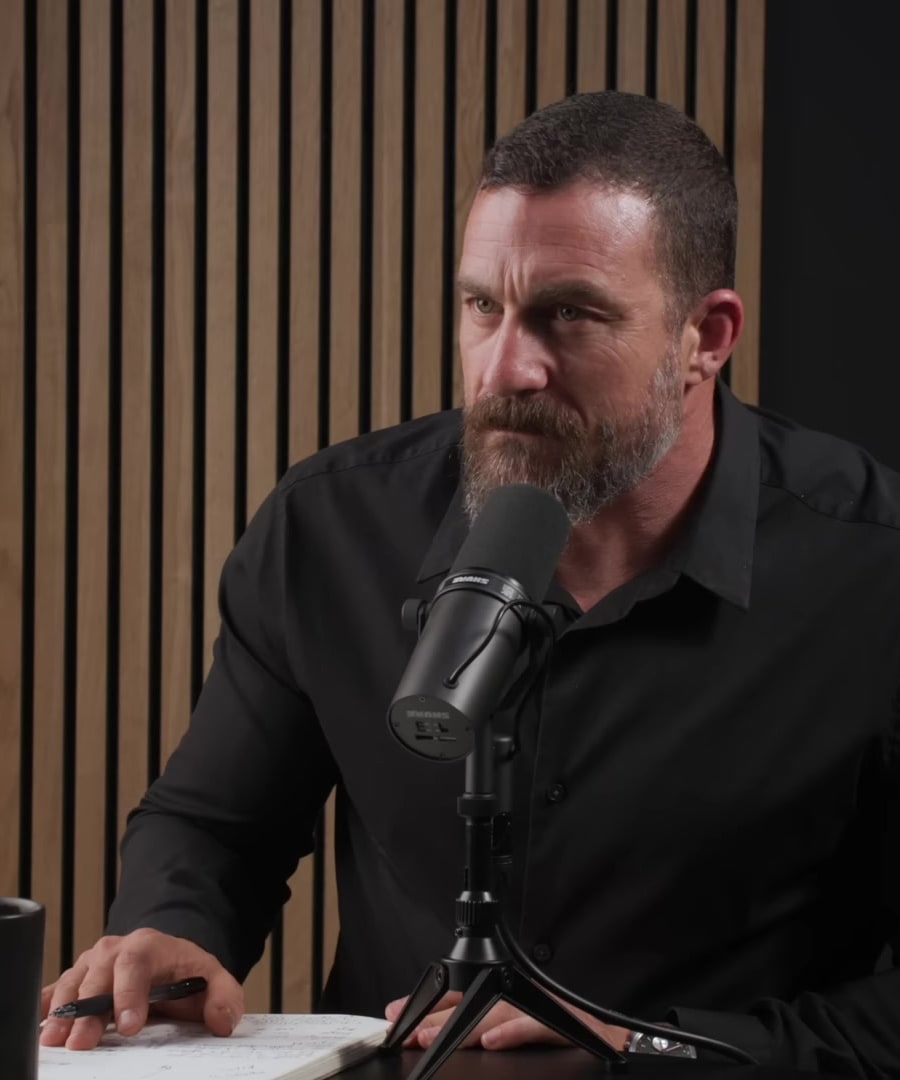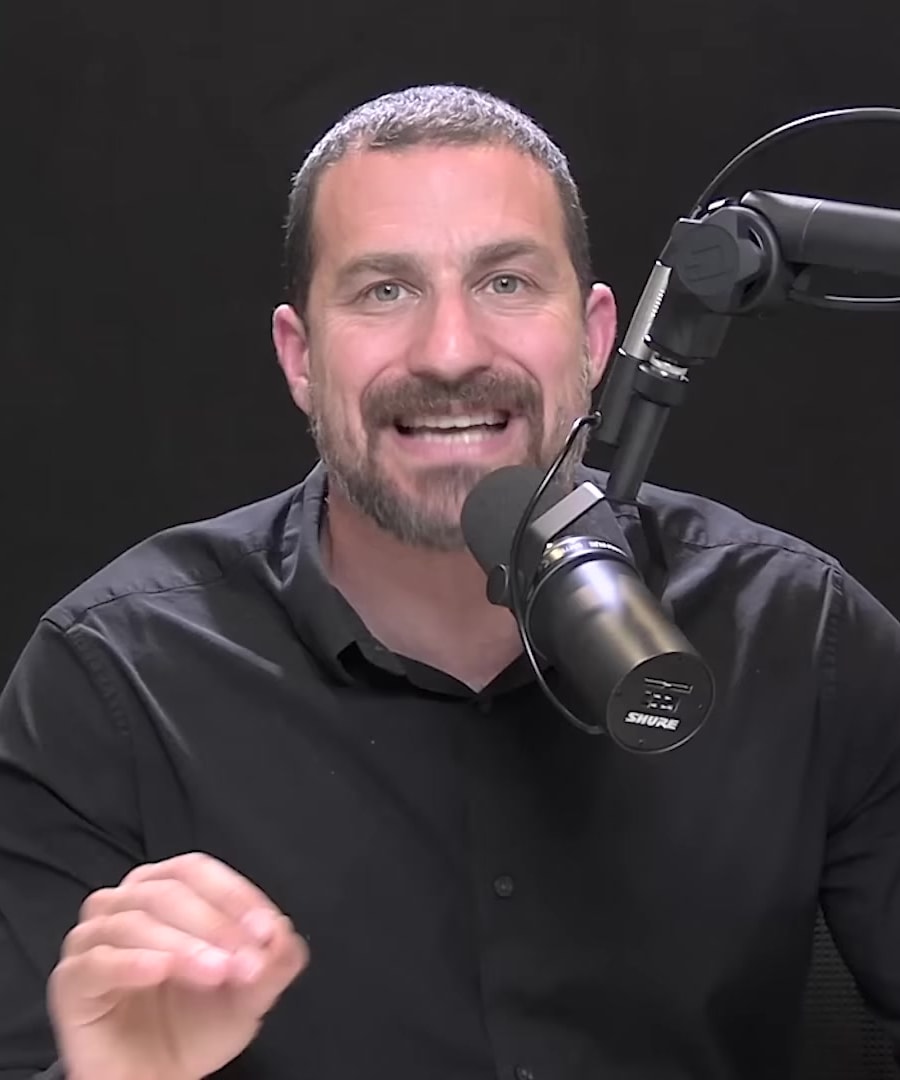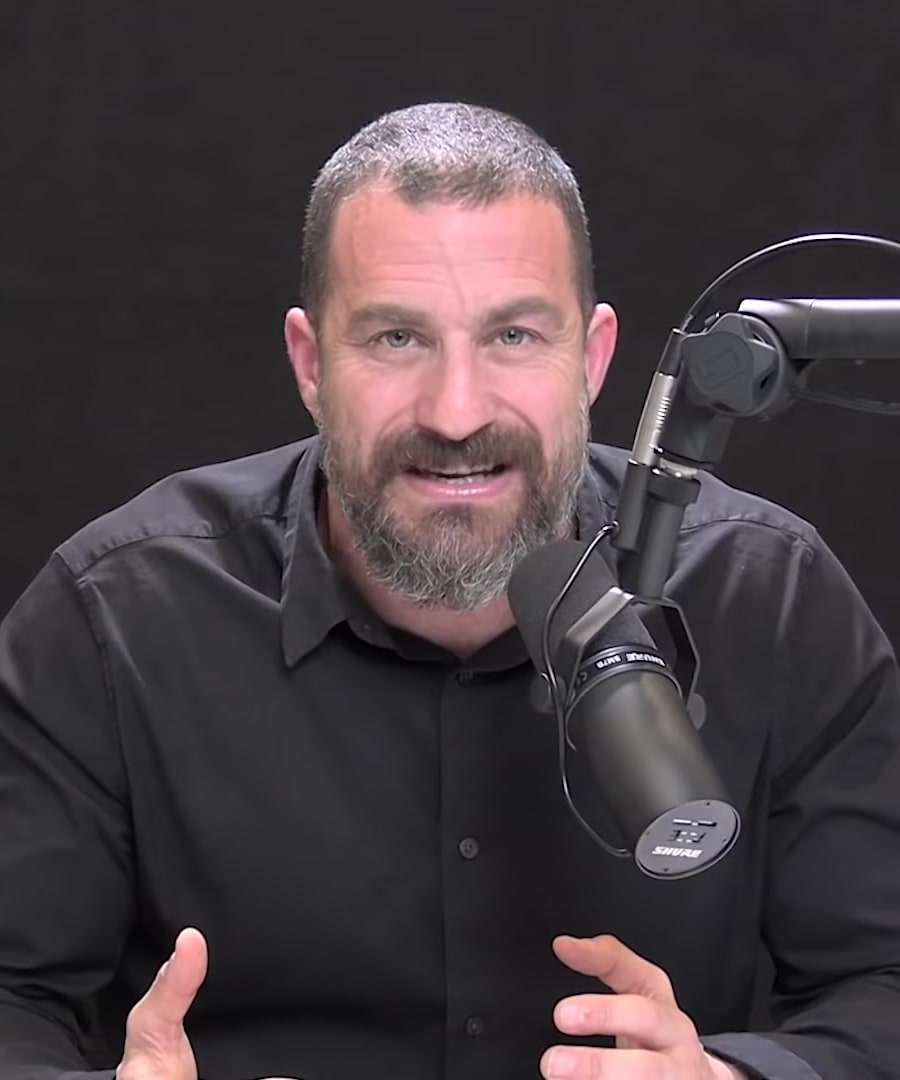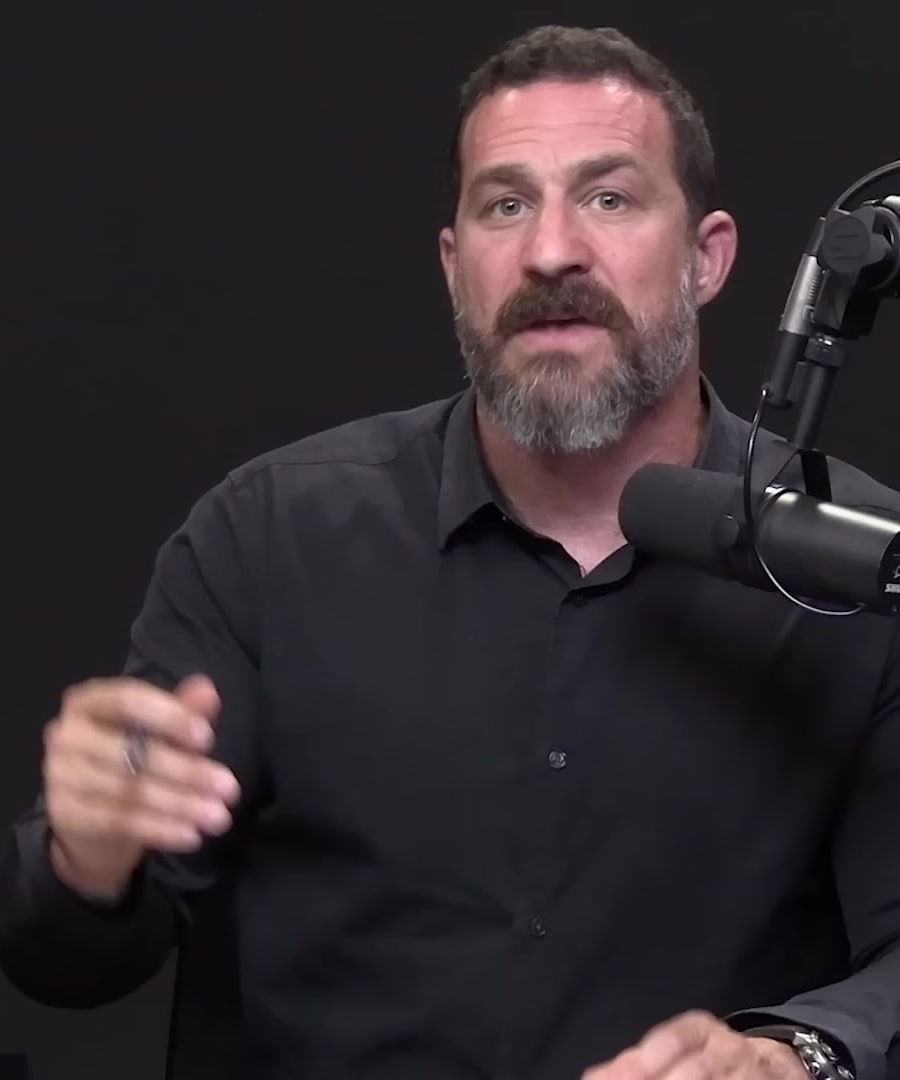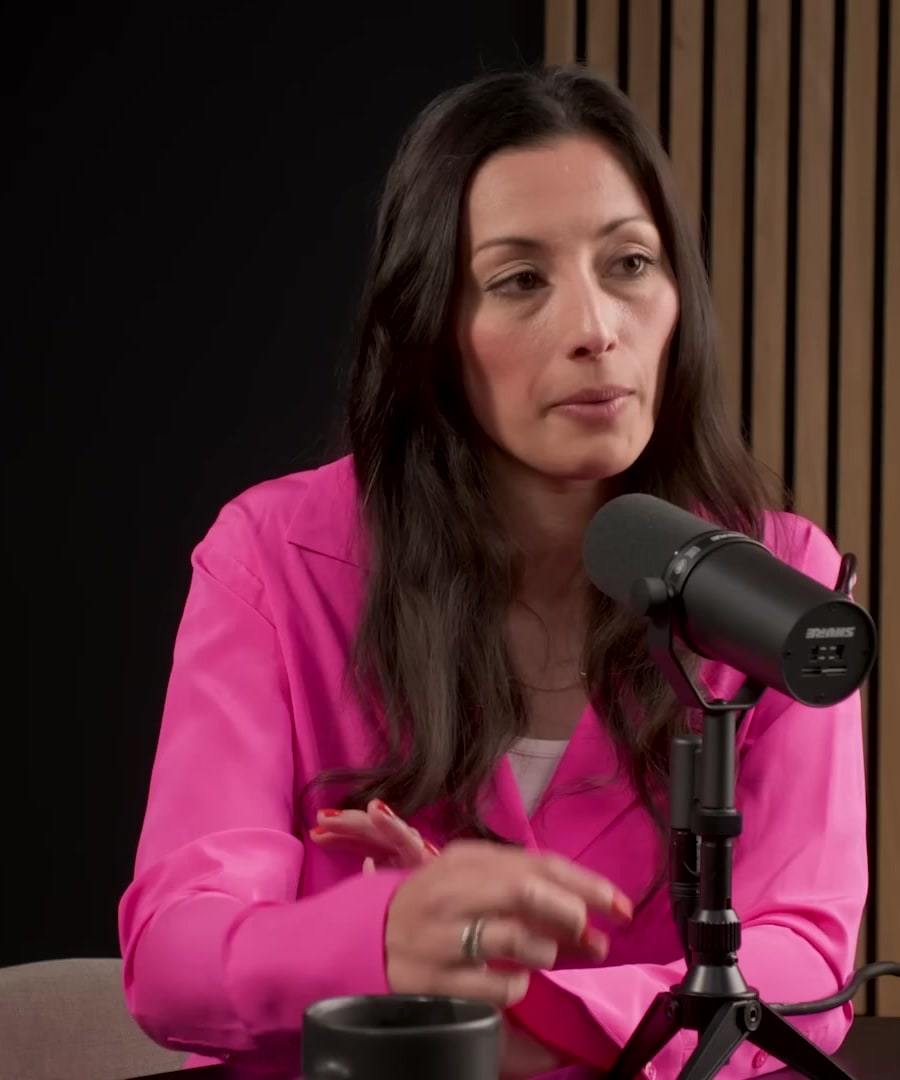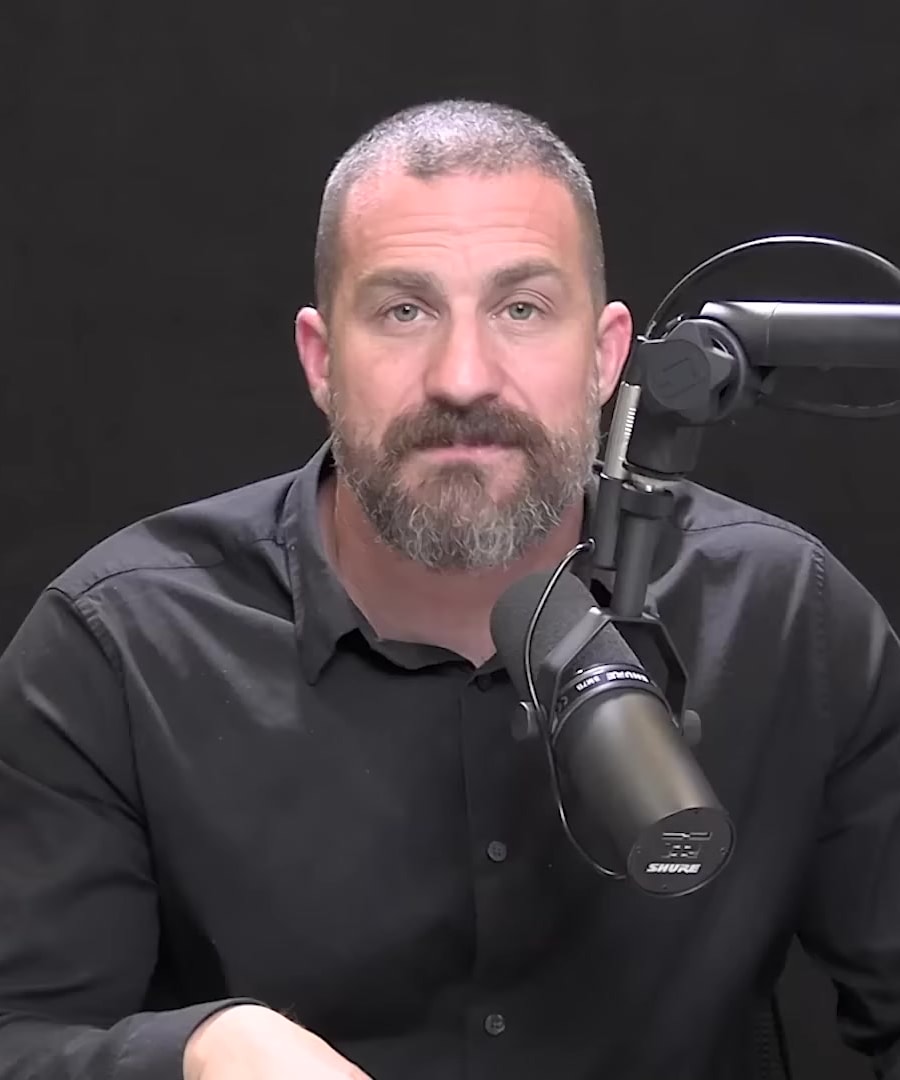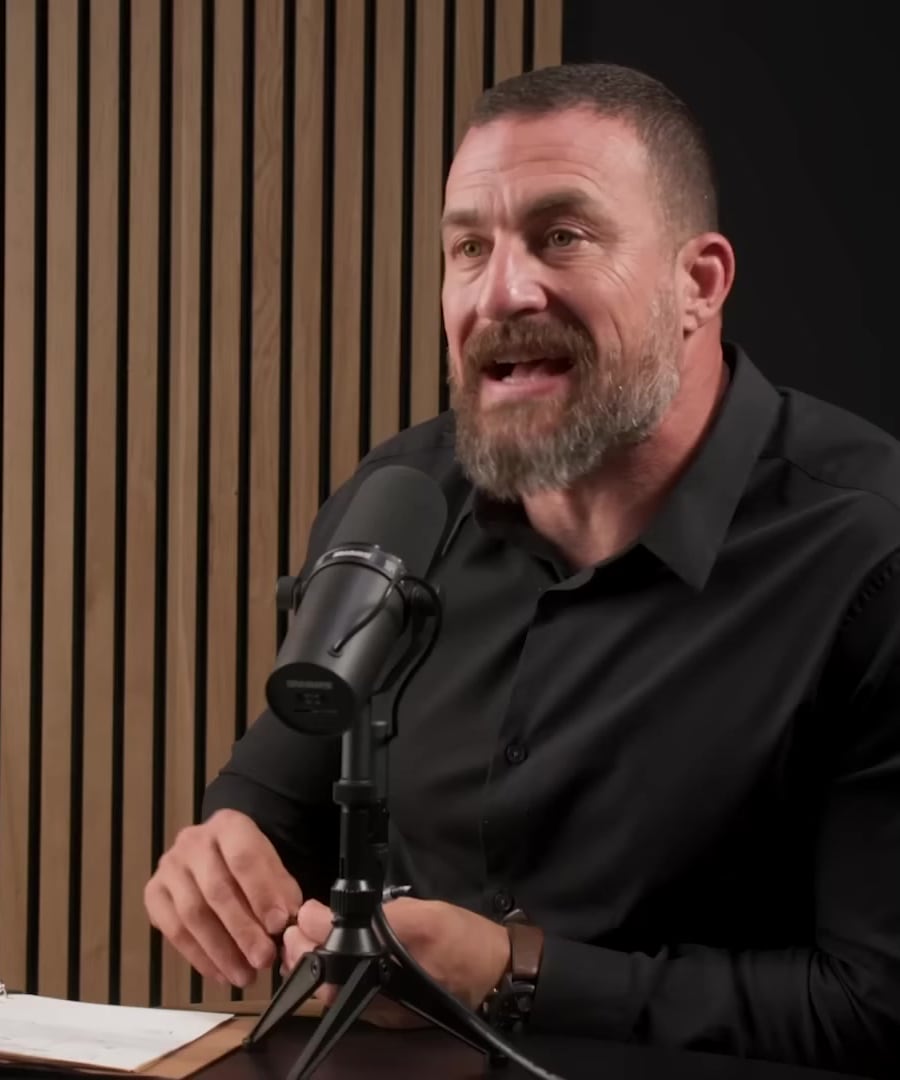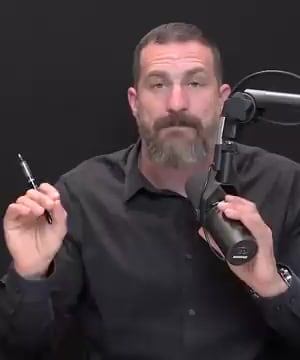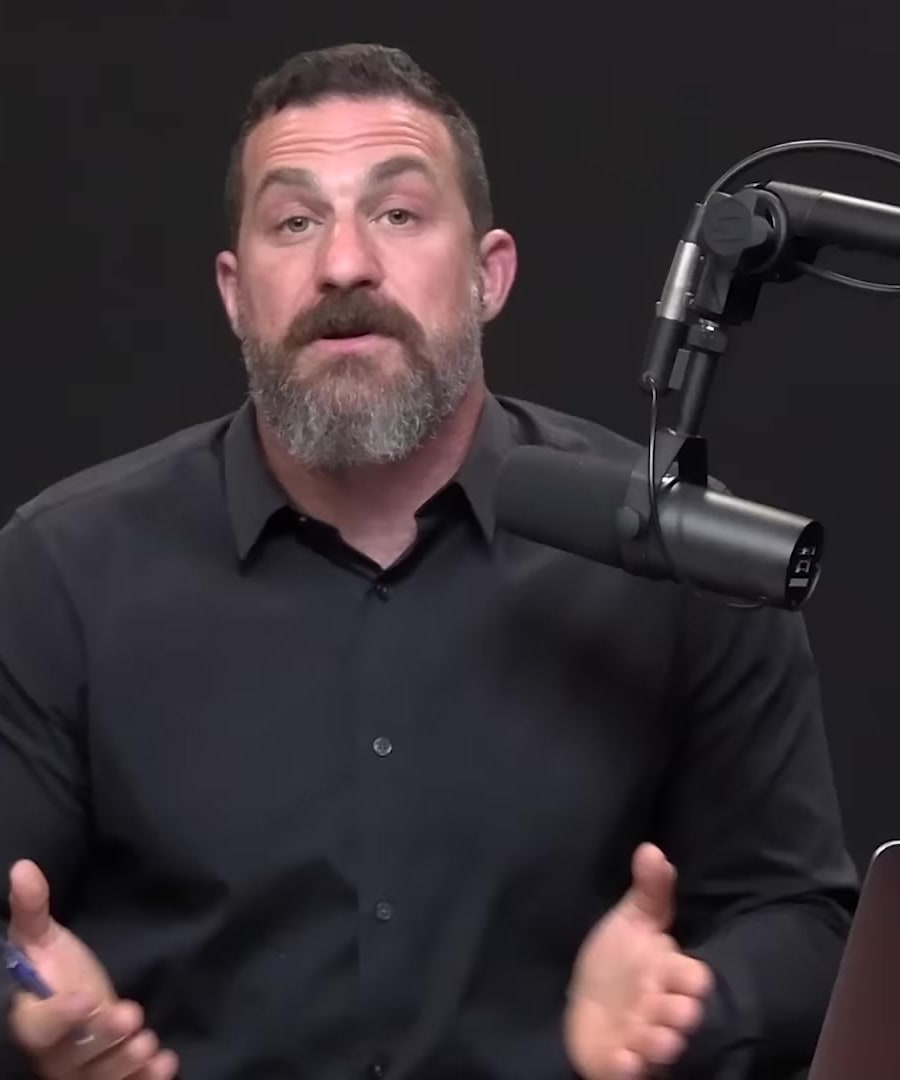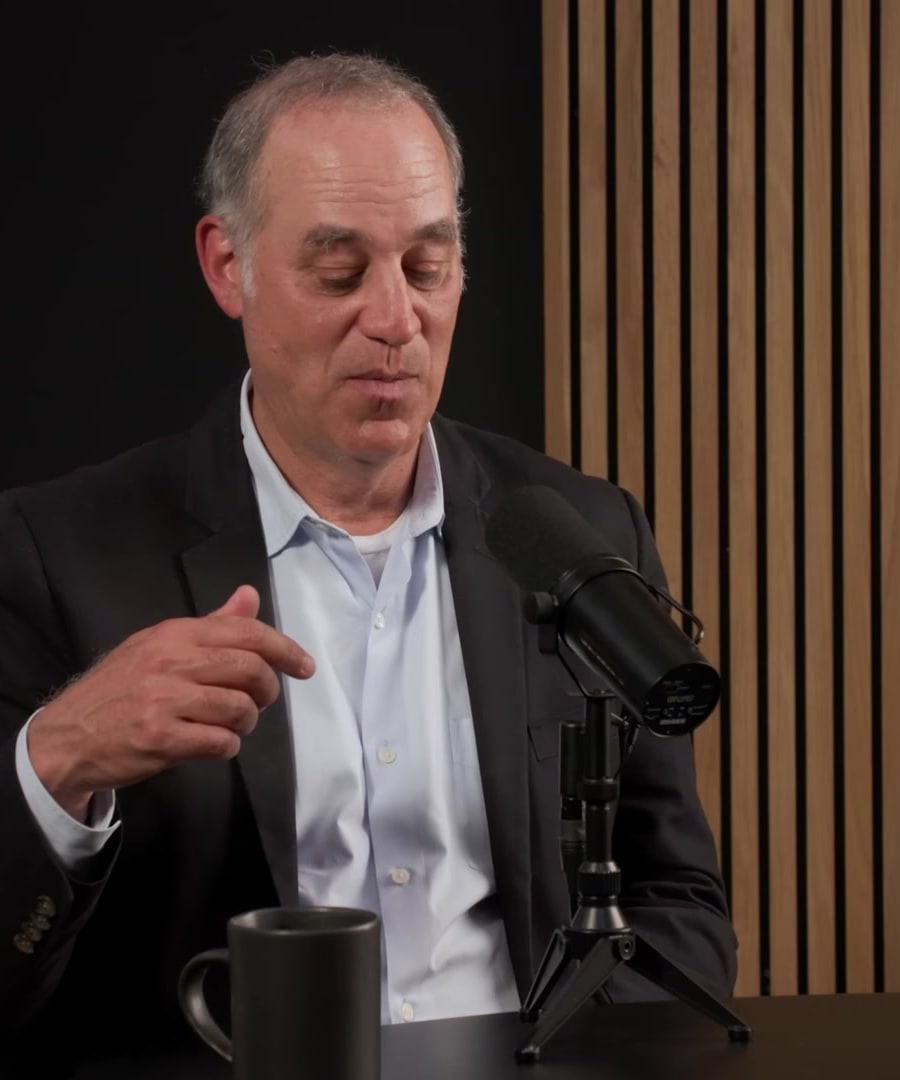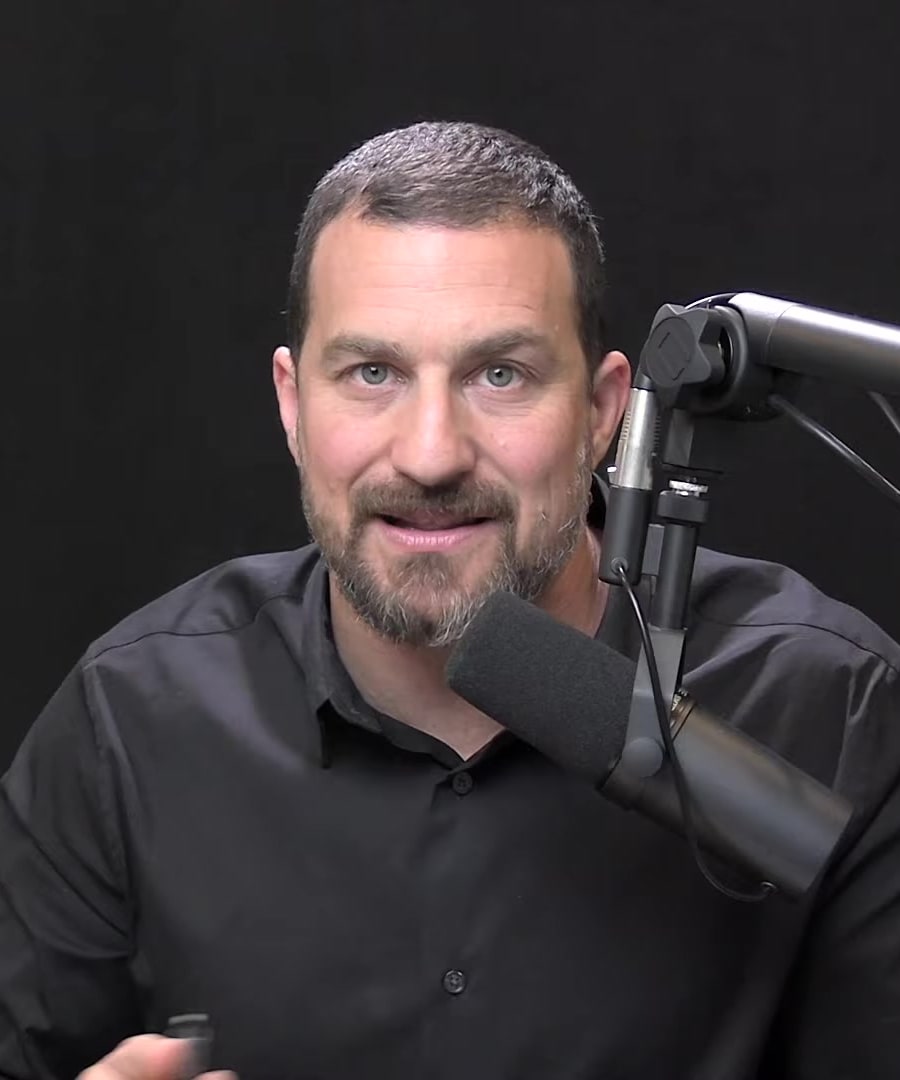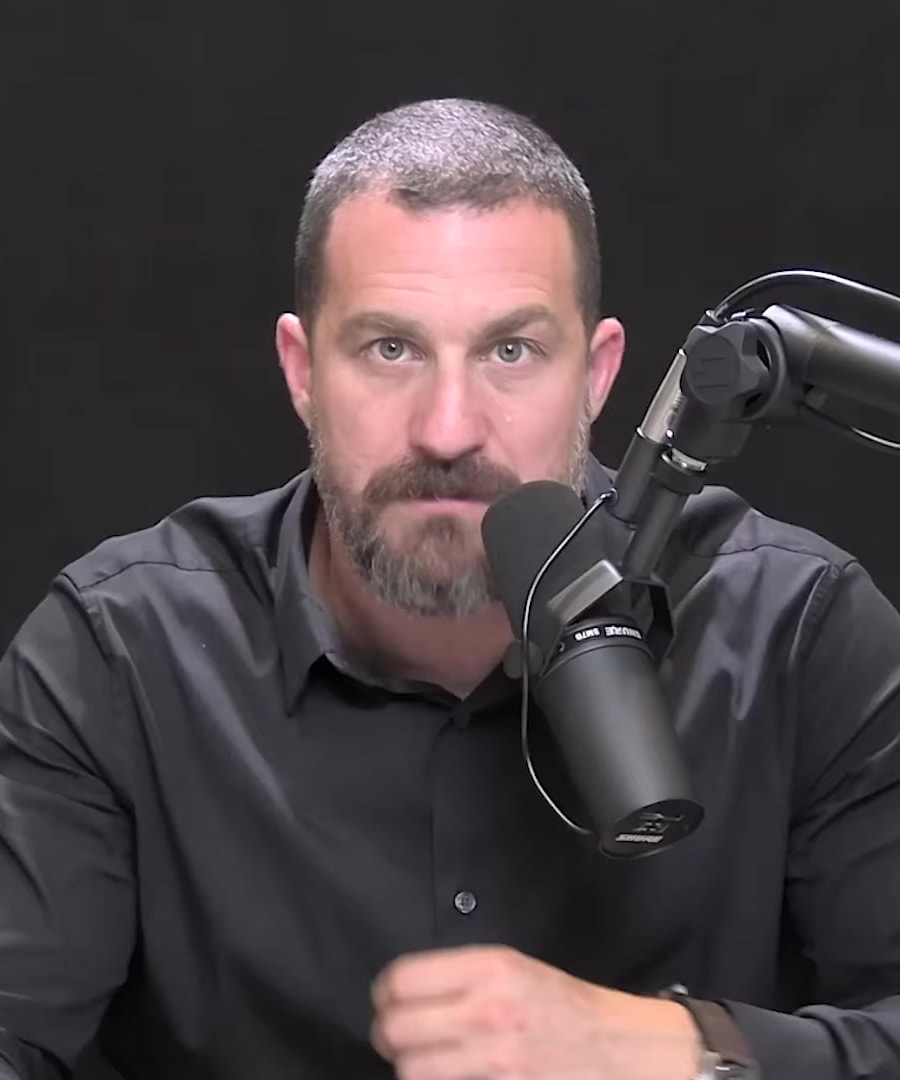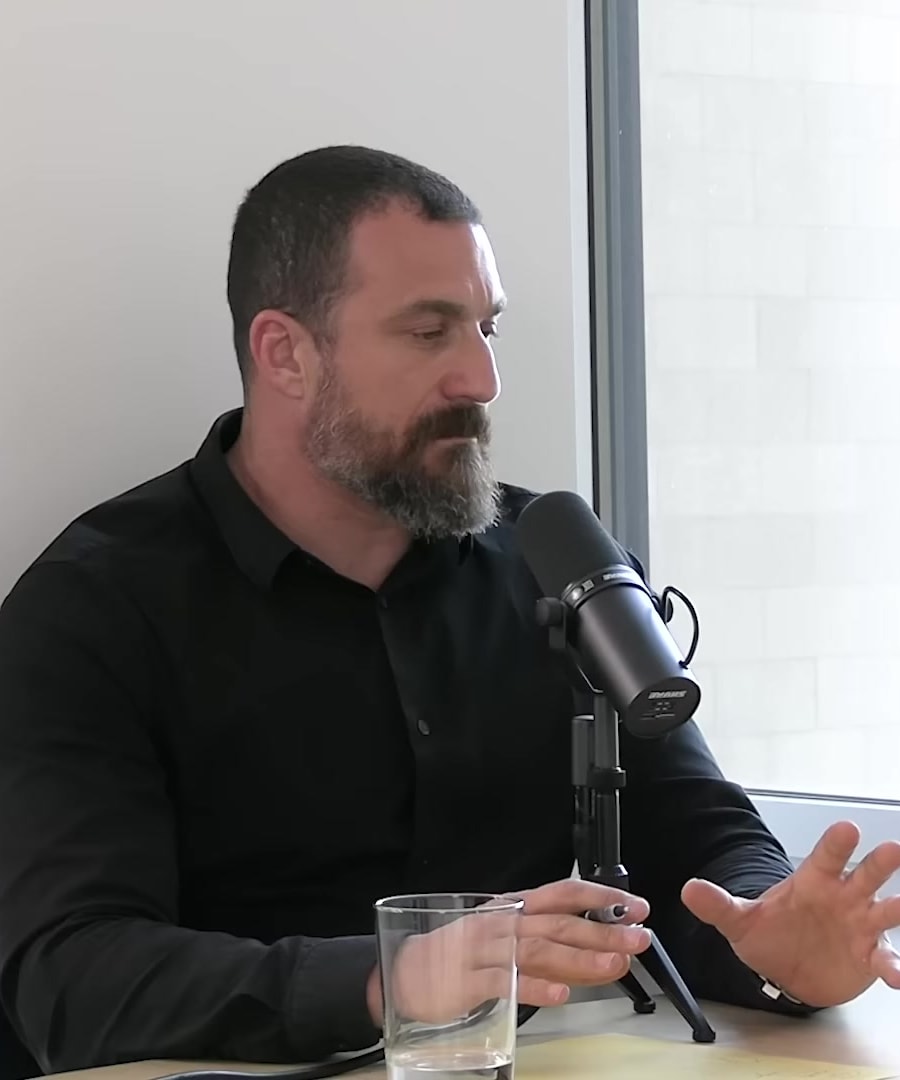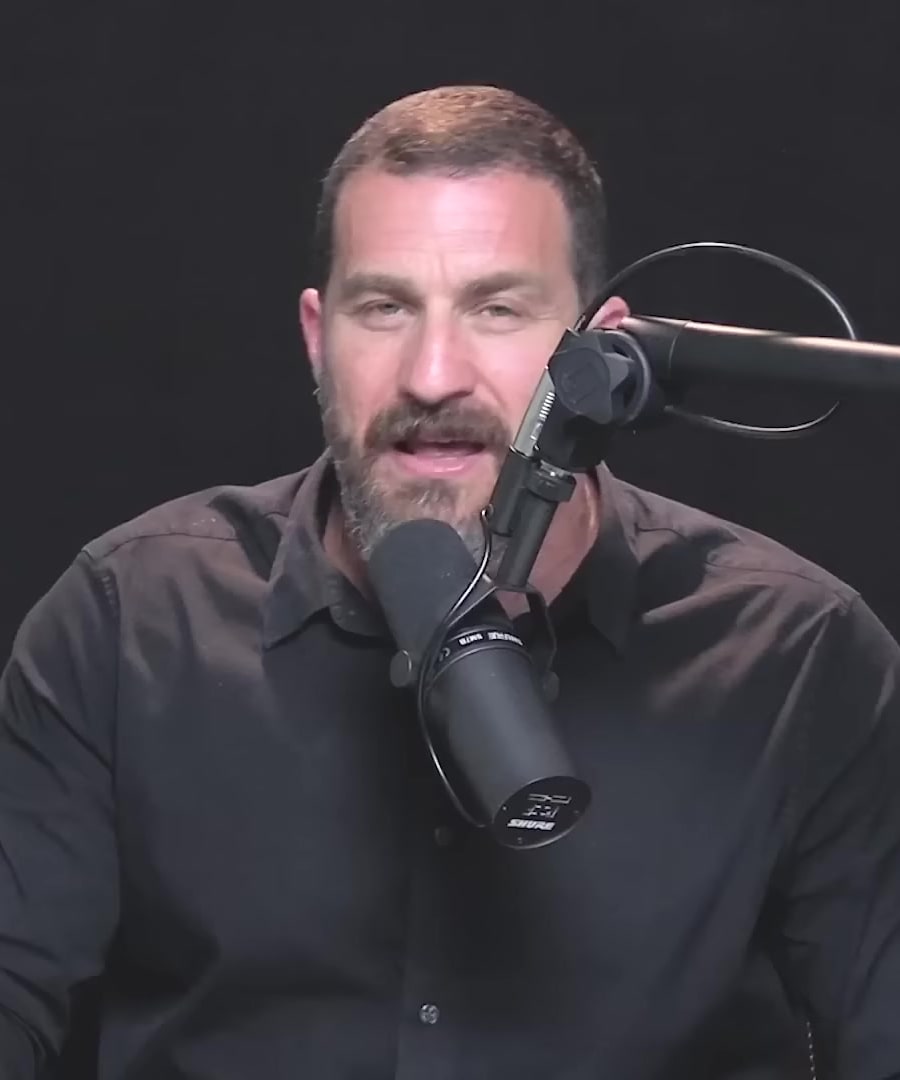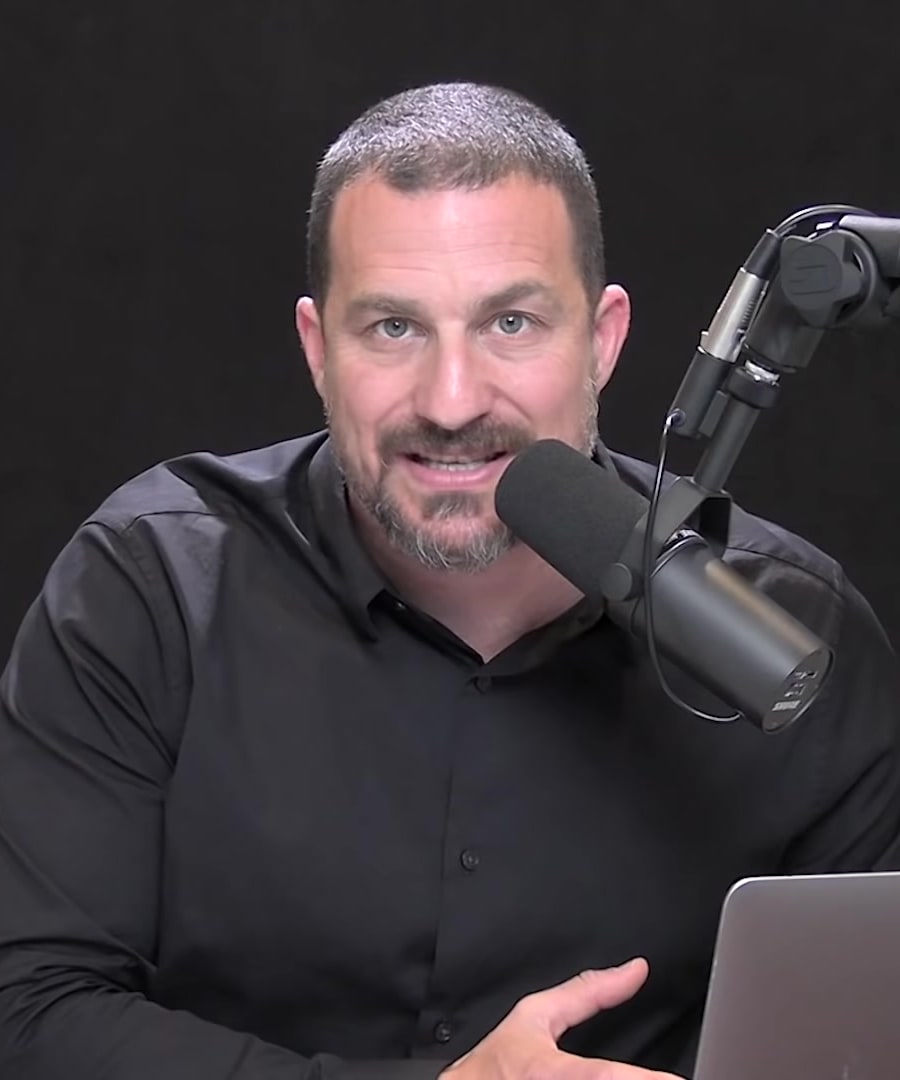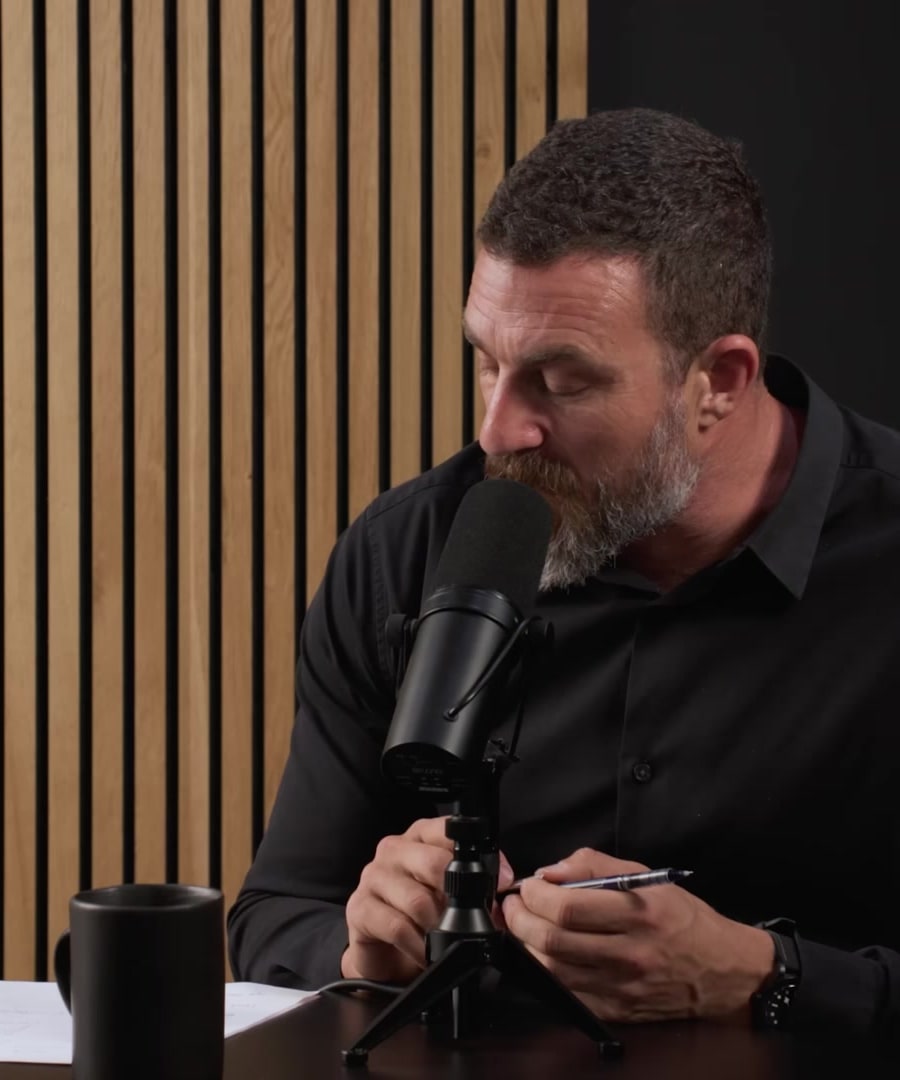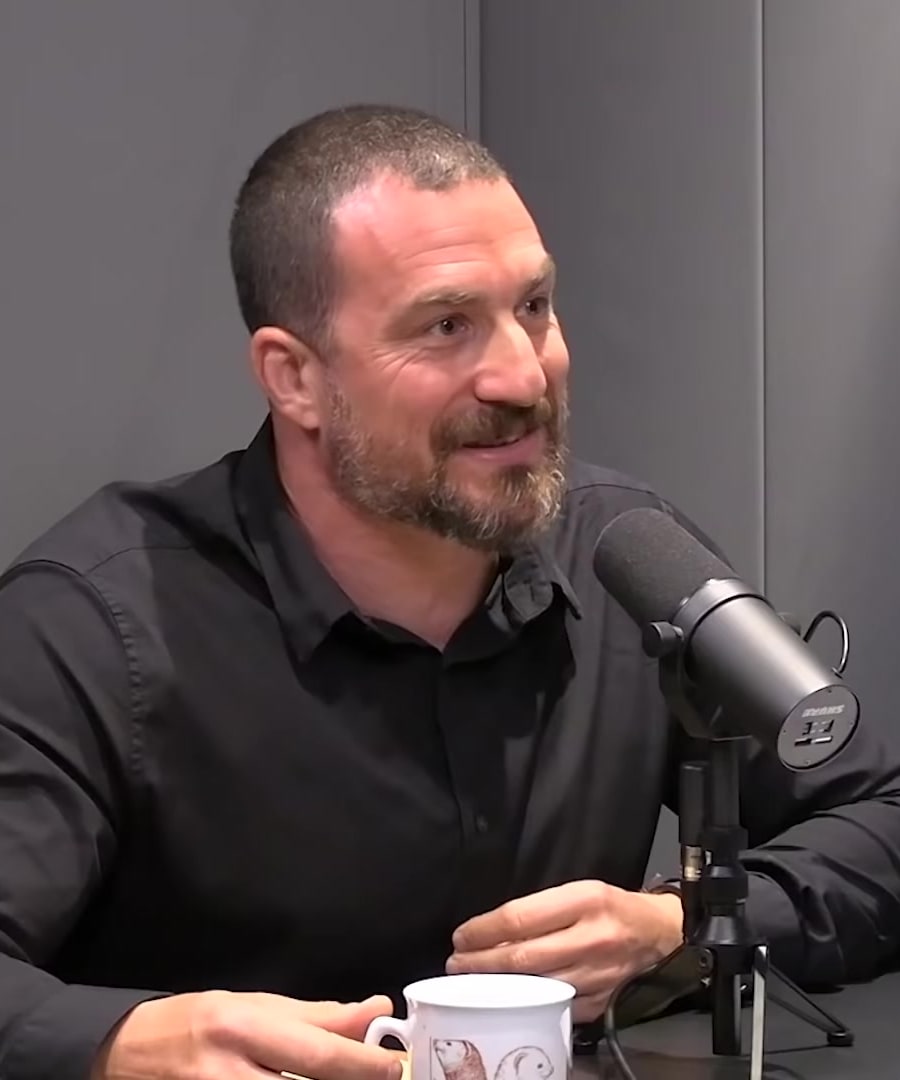loss the ability of gaba system function
It looks like there are no specific clips discussing the loss of GABA system function directly available. However, I can provide some general insights based on related discussions from the .
The GABA (Gamma-Aminobutyric Acid) system is crucial for regulating neural excitability throughout the nervous system. A malfunction or loss of GABA function can lead to various neurological and psychological issues:
- Anxiety and Depression: GABA is the primary inhibitory neurotransmitter in the brain, and its dysfunction can result in elevated levels of anxiety and depression due to increased neural excitability.
- Sleep Disorders: GABA is involved in promoting relaxation and sleep. Dysfunction can cause insomnia and other sleep disturbances.
- Epilepsy: Since GABA helps control neural activity, a loss of its function can lead to excessive neuronal firing, which is characteristic of epileptic seizures.
- Movement Disorders: Proper GABA function is essential for motor control, and dysfunction can contribute to movement disorders like Parkinson’s disease.
For further detailed discussions, often covers the role of neurotransmitters like GABA in brain function across different episodes. It might be beneficial to consult specific episodes related to neurophysiology and mental health for more detailed insights.
how to recover it
Sources:
To potentially recover or enhance GABA system function, suggests considering the following strategies based on the insights:
-
Ketogenic Diet: This diet promotes ketone metabolism over glucose metabolism in the brain, increasing GABA transmission. It has been shown to reduce epileptic seizures and may help with depressive disorders that are unresponsive to typical antidepressants 1.
-
Reducing Alcohol and Benzodiazepines: While substances like alcohol and benzodiazepines can temporarily increase GABA, they often cause rebound excitability once their effects wear off, which can be counterproductive 1.
It's also important to consult with a healthcare provider before making any significant dietary or lifestyle changes to ensure that they are appropriate for your specific health needs.
-
any other ways to recover it?
Sources:
In addition to the ketogenic diet and reducing alcohol and benzodiazepines, here are several other methods to potentially recover and maintain healthy GABA system function as suggested by on the :
-
Regular Exercise: Physical activity can help boost GABA levels in the brain, contributing to overall neurological health.
-
Mindfulness and Meditation: Practices such as mindfulness meditation may help regenerate GABA activity and improve mental health.
-
Proper Sleep: Ensuring consistent, high-quality sleep supports natural GABA production and function.
-
Limiting Caffeine: Reducing or eliminating caffeine, which can block GABA receptor activity, may also support better GABA function.
These strategies, combined with a balanced lifestyle, can contribute to better GABA functionality. Always consult healthcare professionals when considering significant changes to diet, exercise, or other health-related practices.
-
any other ways can recover it?
Sources:
In addition to the previously mentioned methods, and his guests have discussed several other approaches to enhance recovery, particularly in relation to the nervous system and overall physiological function:
-
Grip Strength and CO2 Tolerance:
- Grip Strength: Measuring grip strength, especially in the morning, can serve as an indicator of nervous system recovery.
- CO2 Tolerance Test: A controlled exhale test after a few rhythmic, deep breaths can gauge your ability to regulate carbon dioxide and diaphragm control, which relates to systemic recovery 1.
-
Phase-Based Approaches:
- Preventive Measures: Regular monitoring of training load and adjusting volumes and intensities to prevent overreaching or overtraining 2.
- Acute Symptom Management: Post-workout strategies like slow-paced music and down-regulation breathing to initiate recovery immediately after intense training 3 4.
-
Compression and Thermal Techniques:
-
Parasympathetic Activation:
- Respiration Tools: Techniques such as physiological sighs (double inhale followed by a long exhale) can engage the parasympathetic system, aiding in nervous system recovery 6.
-
Combined Modalities:
- Integrated Approaches: Combining breathing exercises with thermal or compression therapies, such as practicing breathwork in a sauna or while using compression devices, can be synergistic but should be tailored to individual needs and availability of resources 4.
By incorporating these varied strategies, you can better support your recovery processes. Always consider your personal context, goals, and consult with healthcare professionals as needed.
-
ways for Parasympathetic Activation
Sources:
To activate the parasympathetic nervous system, which promotes relaxation and recovery, recommends several techniques:
Physiological Sigh
This involves two inhales through the nose followed by a long exhale through the mouth. This simple breathing exercise quickly induces a state of calm by engaging the parasympathetic nervous system 1.
Vagus Nerve Activation
- Long Exhale Breathing: Extending your exhales can activate the vagus nerve, promoting relaxation and calm. Techniques like the physiological sigh can help in this regard 2.
- Music: Listening to your favorite music for 10-30 minutes daily has been shown to increase heart rate variability, reflecting enhanced activation of the parasympathetic nervous system 3.
Cold Water Immersion
Submerging in cold water, even just up to the neck, activates the diving reflex, which engages the parasympathetic nervous system. This effect can slow down the heart rate and promote relaxation 4.
Facial and Eye Engagement
The parasympathetic system controls features of the face and eyes. Relaxing these areas by focusing on calm facial expressions or gentle eye movements can help diminish the stress response and enhance relaxation 5.
These techniques are geared towards quickly reducing stress and promoting a state of relaxation, aiding overall recovery and balance within the autonomic nervous system.
What are other ways to activate the parasympathetic system?
Sources:
Here are additional methods to activate the parasympathetic nervous system, as discussed by :
Cold Exposure
Submerging in cold water, such as cold showers or ice baths, can activate the diving reflex, which slows down heart rate and promotes relaxation. This effect kicks in even when just the neck is submerged in cold water 1.
Breathing Techniques
- Cyclic Sighing: One of the most effective ways to reduce stress is the physiological sigh, which involves taking two deep inhales through the nose and a long exhale through the mouth. This technique quickly shifts the autonomic nervous system from sympathetic to parasympathetic mode 2 3.
- Box Breathing: Inhaling, holding the breath, exhaling, and holding again for equal counts helps in calming the mind and body.
Vagus Nerve Stimulation
Employ methods to activate the vagus nerve, such as long exhales or certain types of music, which promote relaxation and heart rate variability 4 5.
Quality Sleep
Ensuring regular, quality sleep helps regulate the autonomic nervous system, keeping the balance between alertness and calmness 6.
Social Connection
Engaging in social interactions can create a sense of support, which indirectly aids in maintaining a well-regulated autonomic nervous system 6.
Each of these methods leverages natural physiological responses to promote relaxation and recovery, aiding overall mental and physical health.
Are there similar relaxation practices?
Sources:
Similar Relaxation Practices
Here are several relaxation methods discussed by and guests on the :
Non-Sleep Deep Rest (NSDR)
NSDR, including Yoga Nidra, involves body scans and deep relaxation techniques aimed at reducing stress and promoting rest. These scripts focus on physical relaxation rather than mental processes and can be a powerful way to calm the nervous system 1.
Hypnosis
Hypnosis is a unique state combining deep focus and relaxation. For improved relaxation, explore the Reveri app, which has hypnosis protocols developed by Dr. David Spiegel. These protocols help in transitioning from alert to relaxed states 2 3.
Down Regulation Breathing
Following a workout, down regulation breathing (emphasizing long exhales) can help shift the body from a stressed state to a recovery mode. Techniques include slow deliberate breathing and the physiological sigh (double inhale through the nose, long exhale through the mouth) 4.
Meditation
Meditation, particularly mindfulness meditation involving focus exercises, aids in relaxation and cognitive function. Regular practice helps in controlling mind states and contributes to overall mental health 5.
Wind-Down Routines
Engaging in activities you enjoy, such as light stretching, reading, or listening to calming music, helps in winding down before sleep. Creating a consistent wind-down routine can facilitate better sleep and relaxation 6.
Exhale-Emphasized Breathing
Throughout various relaxation methods, focusing on extended exhales helps in activating the parasympathetic nervous system. This technique is integrated across meditation, Yoga Nidra, and post-exercise recovery practices 7.
These practices converge on the principle of leveraging body-based techniques to influence mental states, providing effective ways to achieve and maintain relaxation.
What are the benefits of parasympathetic activation?
Sources:
Activating the parasympathetic nervous system offers several significant benefits:
Relaxation and Stress Reduction
Engagement of the parasympathetic system leads to states of deeper relaxation and calm. The parasympathetic nervous system, often called the rest and digest system, helps slow down heart rate and breathing. This can be achieved through various techniques, including listening to calming music 1.
Improved Heart Rate Variability
Higher heart rate variability (HRV) is a direct benefit of parasympathetic activation. HRV reflects the body's ability to switch between the sympathetic (fight or flight) and parasympathetic (rest and digest) states. Increased HRV is associated with better stress resilience and overall cardiovascular health 1.
Enhanced Mental Balance
Parasympathetic activation can improve mental balance by promoting the release of neurotransmitters like serotonin. This effect is noted particularly after practices like cold water immersion, which triggers the diving reflex and activates the parasympathetic response, leading to a calm state 2.
Vasodilation
Vagal activation, a major component of the parasympathetic nervous system, causes vasodilation. This relaxation response helps reduce blood pressure and promotes a sense of calm. Practices like long exhale breathing and humming are known to engage vagal pathways effectively 3.
These benefits collectively contribute to better physical and mental health by fostering a balanced autonomic nervous system, enhancing recovery, and promoting overall well-being.
How can you activate the parasympathetic system?
Sources:
To activate the parasympathetic nervous system, various techniques and activities can be utilized. Here are some methods discussed by and others on the :
Breathing Techniques
-
Physiological Sigh: This involves taking two inhales through the nose—one deep breath followed by a smaller second inhale to inflate the lungs a bit more—then exhaling slowly through the mouth. This practice can quickly calm the nervous system by activating the parasympathetic response 1.
-
Long Exhale Breathing: Extending your exhale helps activate the vagus nerve, which in turn promotes relaxation and reduces stress levels 2 3.
Cold Water Immersion
Submerging in cold water can activate the parasympathetic system through the diving response, which triggers a calming effect by slowing down the heart rate and conserving oxygen. This can be achieved through full-body immersion or simply submerging the face into cold water 4.
Listening to Music
Listening to your favorite music for 10-30 minutes a day can also increase heart rate variability (HRV), which is a marker of parasympathetic activation. This practice can induce relaxation and improve overall cardiovascular health 5.
Vagus Nerve Activation
-
Humming: Humming or singing can stimulate the vagus nerve due to its connections to the facial and inner ear muscles, leading to a calming effect and vasodilation 3.
-
Gentle Touch: Gentle stimulation around the ear and neck area is another technique believed to engage the vagus nerve, promoting a relaxing response 2.
These methods provide various routes to engaging the parasympathetic nervous system, helping to manage stress and promote a state of calm.
-
What conditions can benefit from parasympathetic activation?
Sources:
Activating the parasympathetic nervous system can benefit a range of conditions:
-
Depression: Vagus nerve stimulation has been used to treat treatment-resistant depression. By activating the vagus nerve, symptoms of depression can be alleviated through its various neural pathways 1.
-
Epileptic Seizures: This technique is also employed to manage epileptic seizures. The activation of certain fibers within the vagus nerve can help in reducing the frequency and intensity of seizures 1.
-
General Stress and Anxiety: Activating the parasympathetic system through breathing techniques, meditation, and other methods can help reduce general stress and anxiety levels by promoting relaxation and reducing the arousal of the sympathetic nervous system.
-
Digestive Health: The vagus nerve influences gut health by regulating digestive processes. Its activation can improve conditions like irritable bowel syndrome (IBS) by enhancing gut motility and reducing inflammation 1.
-
Heart Rate and Blood Pressure: Engaging the parasympathetic system can help in lowering heart rate and blood pressure, making it beneficial for those with hypertension and heart-related stress 1.
These conditions benefit from the broad effects of parasympathetic activation, which include improved mood, reduced seizure activity, better digestive function, and enhanced cardiovascular health.
-
What is the vagus nerve's role in relaxation?
Sources:
The vagus nerve plays a critical role in promoting relaxation by regulating heart rate through its involvement with the parasympathetic nervous system. When we exhale, the diaphragm moves up, reducing the thoracic cavity's space and speeding up blood flow through the heart. This triggers the vagus nerve to signal the heart to slow down, thus promoting relaxation. This mechanism, part of what is known as respiratory sinus arrhythmia, is a significant aspect of how we can control our stress and alertness levels via breath control 1.
However, it's essential to note that the vagus nerve doesn't only induce calming effects. While often associated with parasympathetic functions like slowing the heart rate and promoting calm, stimulation of the vagus nerve can also increase alertness and arousal. This dual functionality means that the vagus nerve can both enhance relaxation through extended exhales and boost alertness through other pathways 2 3 4.
In summary, the vagus nerve aids relaxation by modulating heart rate via diaphragmatic movements during breathing, but its stimulation can also lead to arousal and increased alertness, showcasing its versatile role in the nervous system.
What breathing techniques activate the vagus nerve?
Sources:
Breathing techniques that activate the vagus nerve generally involve controlling the breath in a way that engages the parasympathetic nervous system. Here are some effective methods:
-
Long Exhales: One of the most straightforward techniques is extending your exhales. Long exhales slow down the heart rate by shifting the diaphragm and increasing vagal tone, which helps in reducing stress and promoting relaxation 1.
-
Physiological Sigh: This involves taking two quick inhales through the nose followed by a long, slow exhale through the mouth. This pattern has been shown to activate the vagus nerve and can rapidly help in calming the nervous system 2.
-
Conscious Breathing: Practicing mindful breathing where you focus on the relationship between your breath and heart rate can train the respiratory sinus arrhythmia mechanism and improve vagal tone over time. This involves consciously thinking about slowing your heart rate during exhales and speeding it up during inhales 3.
-
Humming or Chanting: Vocal activities like humming or chanting can stimulate the vagus nerve due to its connection with the vocal cords and ear. These activities may help with vasodilation and induce a calming effect 2.
These techniques are practical tools for stress modulation and can improve the reflexive responses of your vagal tone, aiding both relaxation and mental clarity.
-
Are there any advanced vagus nerve stimulation techniques?
Sources:
Advanced vagus nerve stimulation (VNS) techniques can extend beyond simple breathing exercises to include electrical and neural interventions. Here are some of the more advanced methods discussed by experts on the :
-
Implanted Vagal Nerve Stimulators: These devices are surgically implanted and can consistently stimulate the vagus nerve. This technology has been used for treating refractory depression and aiding stroke recovery by reactivating neuronal circuits and enhancing plasticity 1 2.
-
Non-Invasive Vagal Nerve Stimulation (NVNS): As opposed to surgical implants, NVNS techniques use external devices that stimulate the vagus nerve through the skin. These methods can sometimes achieve similar effects to implanted devices but with fewer risks and complications 2.
-
Vagal Nerve Stimulation for Alertness: Contrary to the common belief that VNS always induces calmness, notes that it can also increase alertness and cortical activation. This is useful when brain stimulation is needed, such as in cases where patients are near comatose 3 4.
-
Optogenetics: This emerging technique involves using light to control cells within the vagus nerve that have been genetically modified to express light-sensitive proteins. This method aims for more precise and targeted stimulation, potentially minimizing unwanted side effects seen with traditional electrical stimulation 2 5.
These techniques reflect a broadening understanding and application of vagal nerve stimulation, offering promising avenues for treating various neurological and psychiatric conditions.
-
How can one activate the parasympathetic system?
Sources:
Activating the parasympathetic system involves engaging in activities and techniques that promote relaxation and lower stress levels. Here are some effective methods discussed by on the :
-
Physiological Sigh:
-
Cold Water Exposure:
- Submerging in cold water, whether through a cold shower or ice bath, activates the diving reflex. This response lowers heart rate and induces the parasympathetic state, fostering relaxation 3.
-
Music:
- Listening to your favorite music for 10-30 minutes a day can increase heart rate variability, signaling activation of the parasympathetic nervous system. This practice promotes relaxation and has long-term benefits for mental and physical health 4.
-
Breathing Techniques:
- Techniques like cyclic sighing, box breathing, and cyclic hyperventilation (context-dependent) help modulate the autonomic nervous system. Among these, cyclic sighing is particularly effective for stress reduction and parasympathetic activation 2.
-
Mindfulness and Meditation:
- Practices that involve focused attention, like mindfulness meditation, can shift the balance towards parasympathetic dominance, promoting calm and reducing stress over time 2.
-
Proper Sleep and Nutrition:
- Ensuring quality sleep and proper nutrition supports the autonomic nervous system's functionality. Good sleep helps reset the balance between the sympathetic and parasympathetic systems, promoting overall nervous system health 5.
These techniques can be integrated into daily routines to help manage stress and enhance relaxation.
-
what nutrition benefit on it
While the search did not yield specific clips, provides general insights on how nutrition impacts the autonomic nervous system, including the parasympathetic branch, on the . Key points include:
-
Balanced Diet:
- Consuming a diet rich in whole foods, such as fruits, vegetables, lean proteins, and healthy fats, supports overall health and aids in maintaining a balanced autonomic nervous system.
-
Magnesium:
- Magnesium-rich foods (e.g., spinach, almonds) can have a calming effect on the nervous system, as magnesium is essential for nerve transmission and muscle relaxation.
-
Omega-3 Fatty Acids:
- Found in fish, flaxseeds, and walnuts, omega-3s help reduce inflammation and support brain health, which is important for the proper function of the parasympathetic system.
-
Hydration:
- Keeping well-hydrated is crucial, as dehydration can stress the body and impact autonomic function, including the parasympathetic system.
-
Avoiding Excessive Stimulants:
- Limiting caffeine and sugar intake helps prevent overactivation of the sympathetic nervous system, indirectly promoting parasympathetic activity and relaxation.
In summary, a nutrient-dense, balanced diet supports the autonomic nervous system's proper function, including the parasympathetic branch, thus aiding in stress management and overall relaxation.
-
is glumate the only way to generate gaba?
's detailed explanation specifically addressing whether glutamate is the only way to generate GABA wasn't found in the current data. However, it is widely understood in neuroscience that glutamate is a primary precursor for GABA (gamma-aminobutyric acid).
GABA is synthesized from glutamate via the action of the enzyme glutamate decarboxylase (GAD). This process is a key component of the brain's inhibitory systems. While other pathways and factors may influence GABA production and function, glutamate decarboxylation is the primary known method for producing GABA in the brain.
For further and more detailed insights, reviewing specific episodes or clips from the where discusses neurotransmitters and brain chemistry would be beneficial.
RELATED QUESTIONS
loss the ability of gaba system function
how to recover it
any other ways to recover it?
any other ways can recover it?
ways for Parasympathetic Activation
What are other ways to activate the parasympathetic system?
Are there similar relaxation practices?
What are the benefits of parasympathetic activation?
How can you activate the parasympathetic system?
What conditions can benefit from parasympathetic activation?
What is the vagus nerve's role in relaxation?
What breathing techniques activate the vagus nerve?
Are there any advanced vagus nerve stimulation techniques?
How can one activate the parasympathetic system?
what nutrition benefit on it
is glumate the only way to generate gaba?
- RELATED QUESTIONS
